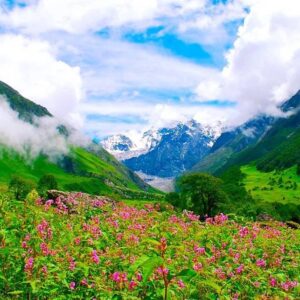11 Best Wildlife Viewing Spots in India for Nature Lovers
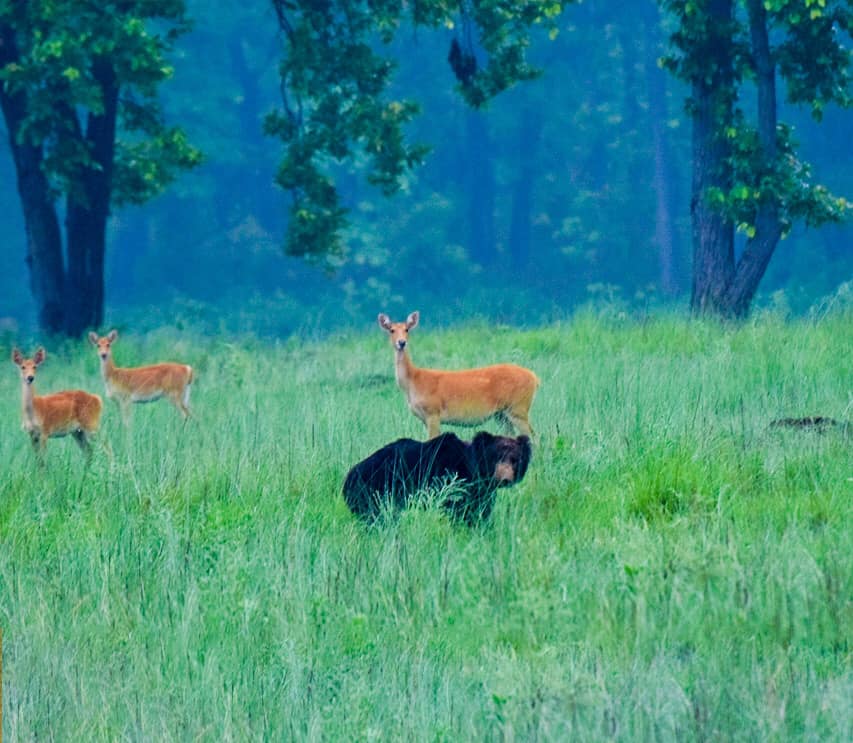
Wildlife Viewing Spots in India for Nature Lovers
India, with its rich biodiversity and varied landscapes, offers a paradise for nature enthusiasts and wildlife lovers. From dense jungles to tranquil wetlands and towering mountain ranges, the country provides a home to a wide array of wildlife species. Whether you’re an avid birdwatcher or hoping to catch a glimpse of the majestic Bengal tiger, here are the 11 Best Wildlife Viewing Spots in India for Nature Lovers to explore.
1. Jim Corbett National Park, Uttarakhand
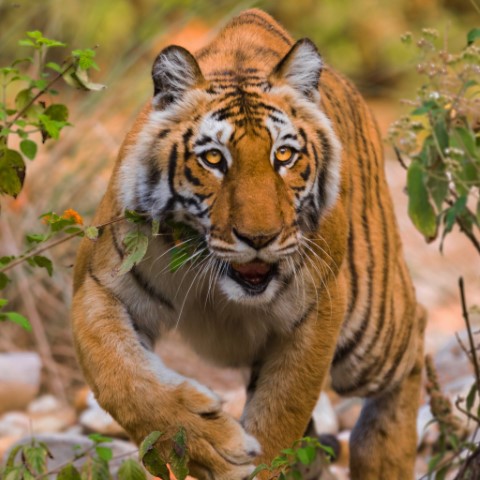
Jim Corbett National Park, established in 1936, is India’s oldest national park and a prime destination for wildlife enthusiasts. Nestled in the foothills of the Himalayas, Corbett is renowned for its population of Bengal tigers. The park’s diverse ecosystem, which includes grasslands, rivers, marshes, and dense forests, supports a wide variety of wildlife. Elephants, leopards, and over 600 bird species also call this park home. Visitors can enjoy jeep and elephant safaris to explore different zones, each offering a unique wildlife experience.
Read More: 8 Best National Parks in Madhya Pradesh
Best Time to Visit: November to June, with the dry season (March to June) being the best for tiger sightings.
2. Ranthambore National Park, Rajasthan
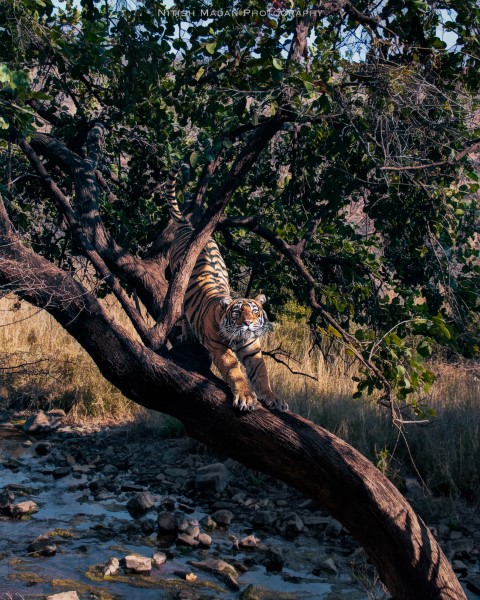
Located in Rajasthan, Ranthambore National Park is one of the most popular destinations for spotting tigers in the wild. The park’s unique landscape, featuring ancient ruins and a majestic fort, adds to its charm. Besides tigers, Ranthambore is home to leopards, sloth bears, crocodiles, and a variety of deer species. The park’s lakes and water bodies attract numerous bird species, making it a haven for birdwatchers as well.
Best Time to Visit: October to April, with March to May being ideal for tiger sightings.
3. Kaziranga National Park, Assam
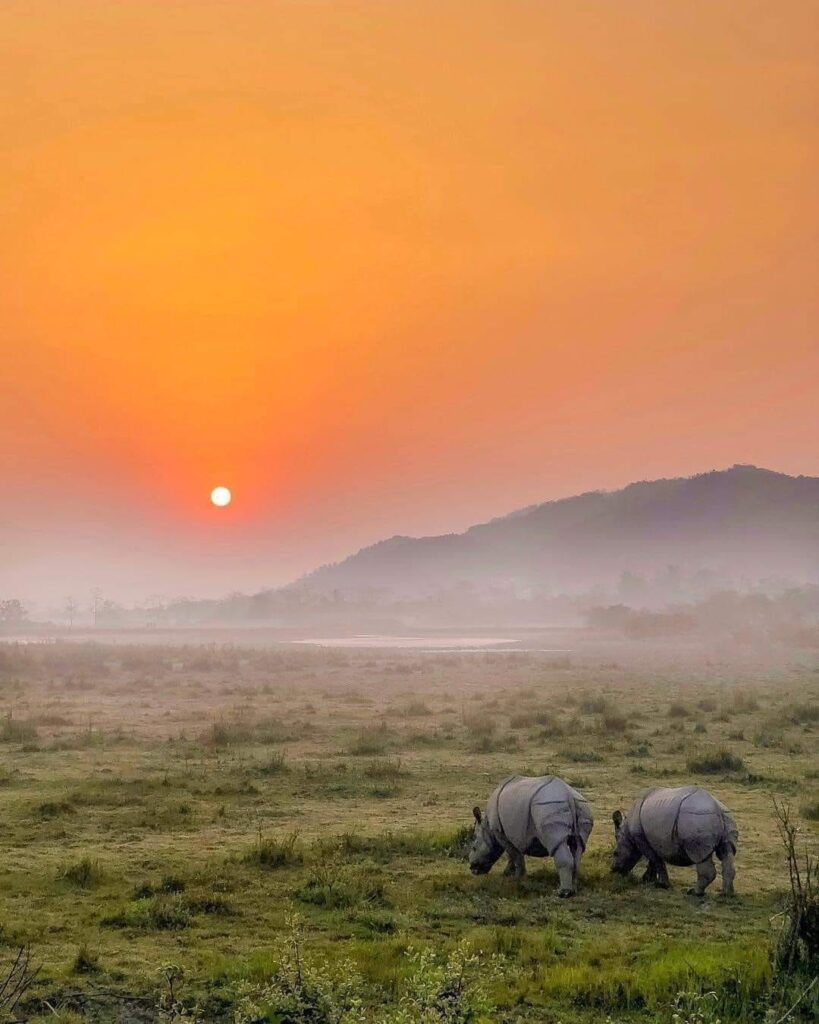
Kaziranga National Park, a UNESCO World Heritage site, is famous for its one-horned rhinoceros population. It is estimated that two-thirds of the world’s one-horned rhinos reside here. The park’s floodplains and grasslands also support a healthy population of elephants, wild water buffalo, and tigers. The wetlands and water bodies within the park attract a diverse array of bird species, including many migratory birds.
Read More: 10 Must-Visit National Parks in India
Best Time to Visit: November to April.
4. Bandhavgarh National Park, Madhya Pradesh
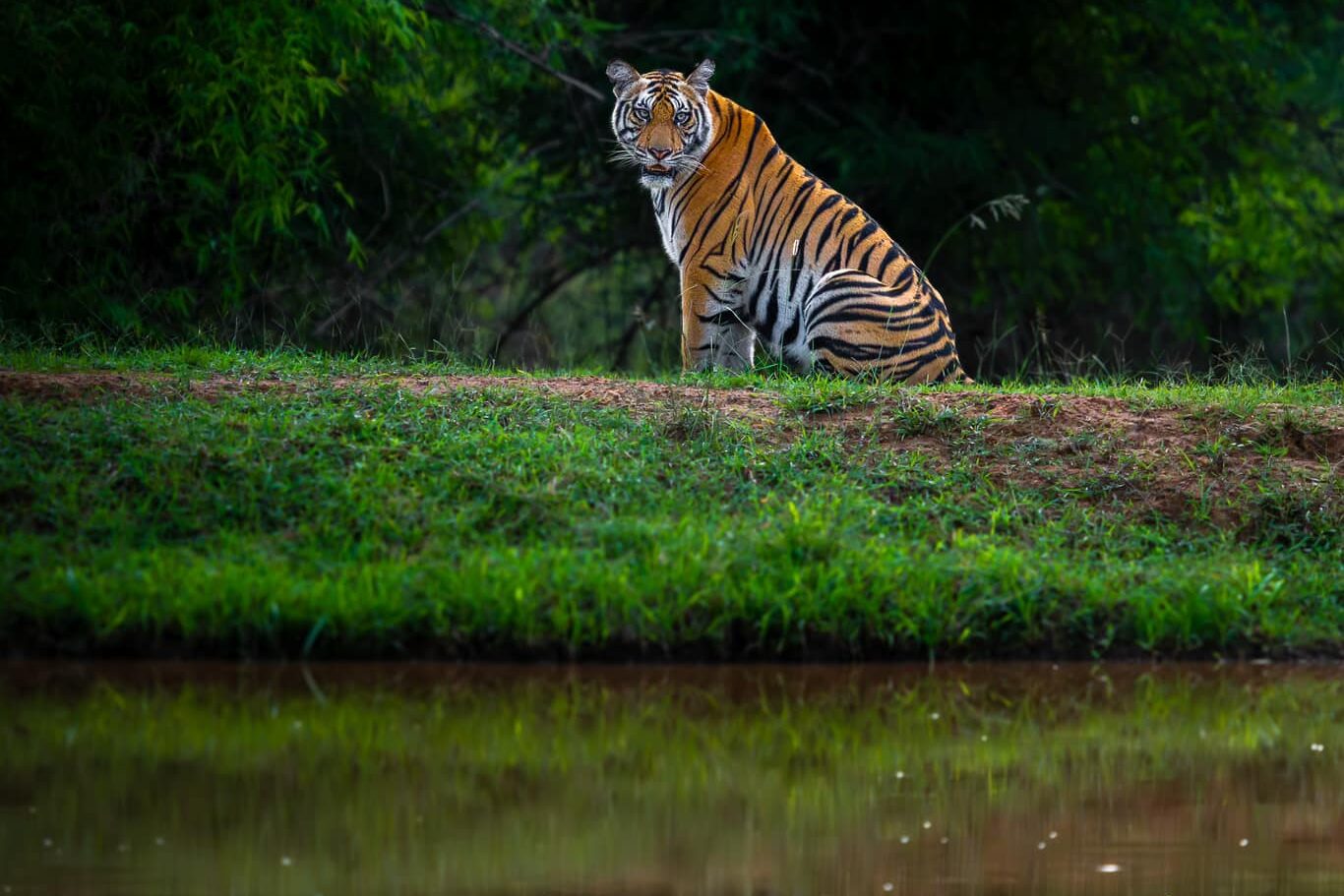
Bandhavgarh National Park boasts the highest density of Bengal tigers in India, making it one of the best places to see these magnificent creatures. The park’s rugged terrain, consisting of dense forests, rocky hills, and open meadows, provides an ideal habitat for tigers and other wildlife. In addition to tigers, you can spot leopards, sloth bears, and a variety of deer species. Bandhavgarh also features a 2,000-year-old fort, adding a historical element to your wildlife adventure.
Best Time to Visit: October to June, with March to June being the peak period for tiger sightings.
5. Sundarbans National Park, West Bengal
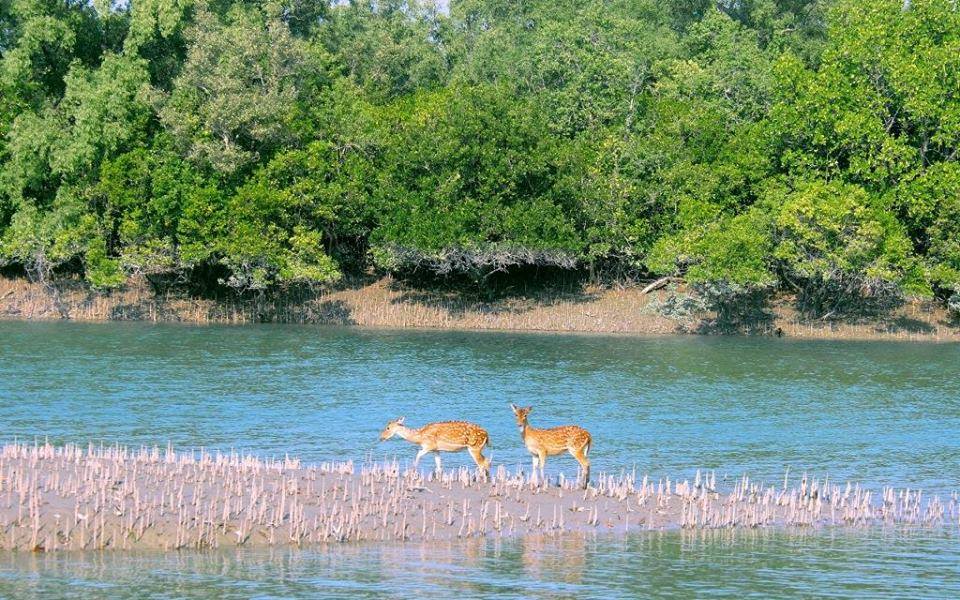
The Sundarbans, a UNESCO World Heritage site, is the largest mangrove forest in the world and a unique habitat for the elusive Royal Bengal tiger. What makes the Sundarbans particularly fascinating is the tigers’ adaptation to an aquatic environment, often swimming between the islands in search of prey. Besides tigers, the Sundarbans are home to saltwater crocodiles, spotted deer, and an array of bird species, including the rare masked finfoot and mangrove whistler.
Read More: Top 10 National Parks in the World for Big Cat Wildlife
Best Time to Visit: November to March.
6. Kanha National Park, Madhya Pradesh
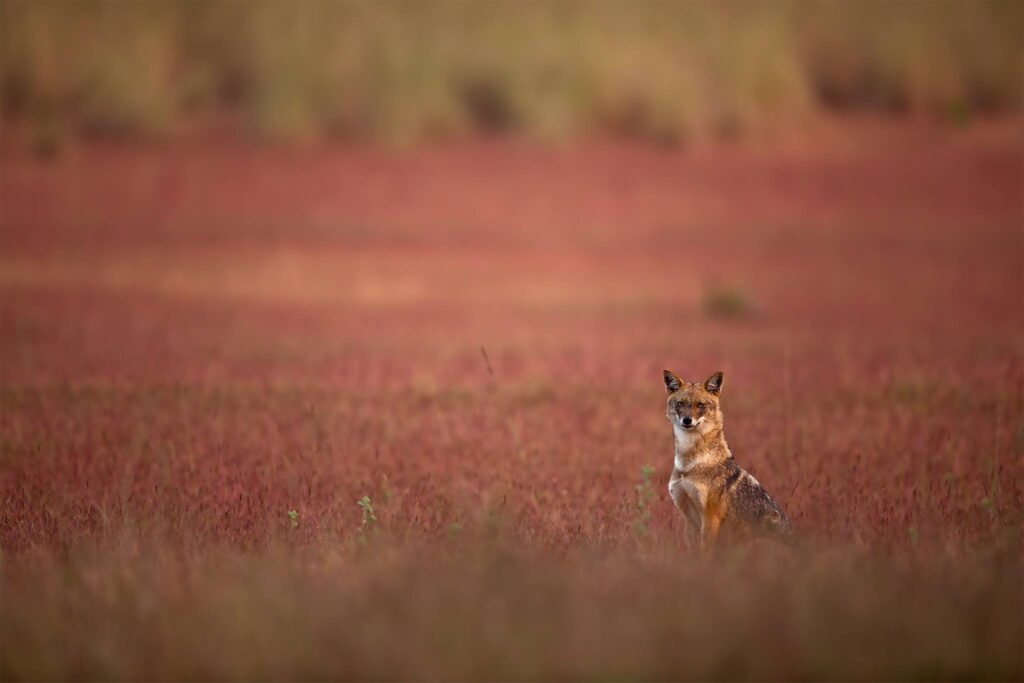
Kanha National Park, often referred to as the inspiration for Rudyard Kipling’s “The Jungle Book,” is one of India’s most well-maintained parks. Its lush sal and bamboo forests, grassy meadows, and ravines create a scenic backdrop for a diverse array of wildlife. The park is particularly known for its population of barasingha, or swamp deer, which have been brought back from near extinction. Tigers, leopards, wild dogs, and a variety of bird species also inhabit Kanha.
Best Time to Visit: October to June, with the peak period for wildlife viewing being from March to May.
7. Periyar Wildlife Sanctuary, Kerala
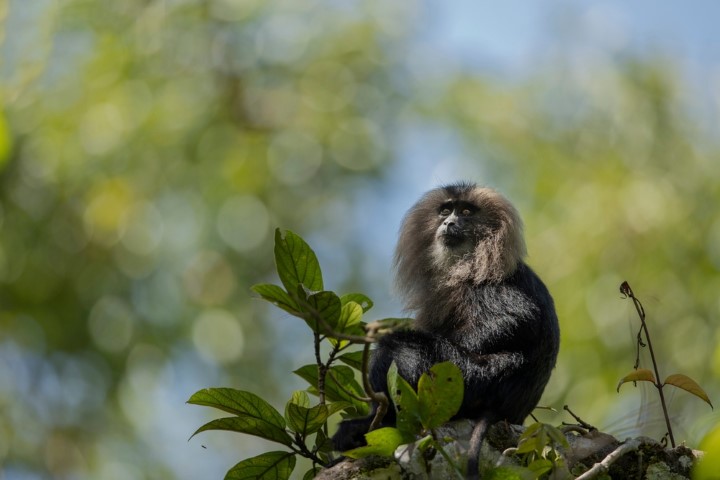
Situated in the Western Ghats, Periyar Wildlife Sanctuary offers a unique wildlife experience centered around its large artificial lake. The sanctuary is renowned for its population of Asian elephants, who can often be seen bathing and playing in the water. In addition to elephants, the park is home to tigers, leopards, and an impressive variety of bird species. Boat safaris on Periyar Lake provide a serene and unique way to observe wildlife in their natural habitat.
Read More: Top 10 National Parks in the World
Best Time to Visit: October to April.
8. Gir National Park, Gujarat
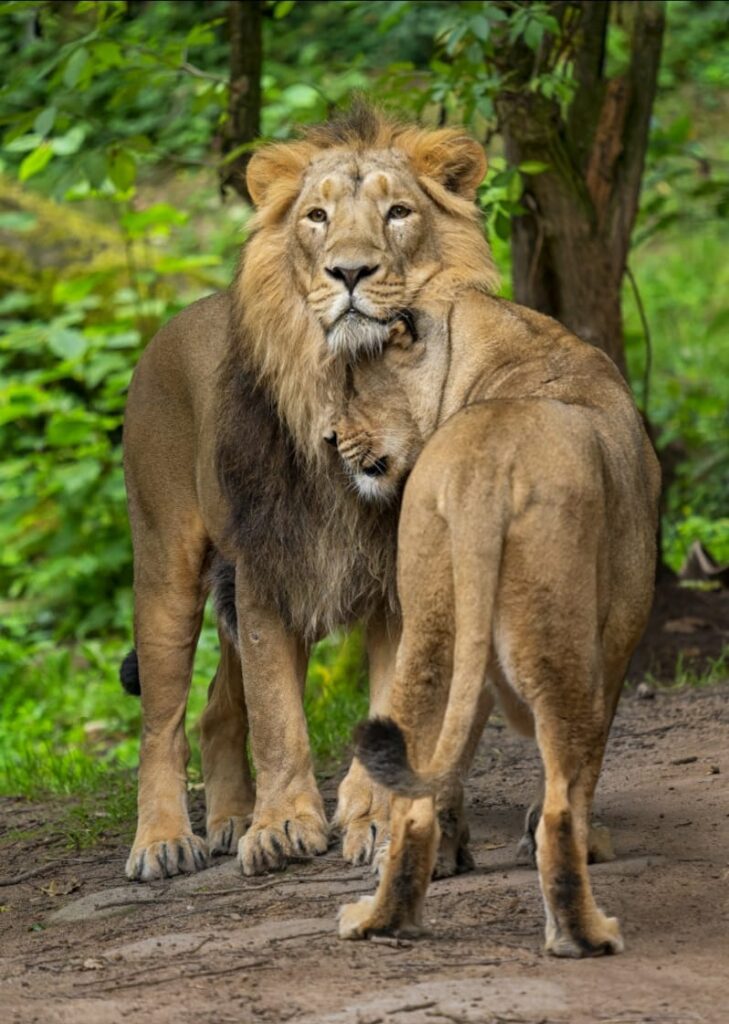
Gir National Park is the only place in the world where you can see Asiatic lions in their natural habitat. The dry deciduous forests and savannahs of Gir create an ideal environment for these majestic creatures. Conservation efforts in the park have been remarkably successful, bringing the Asiatic lion population back from the brink of extinction. Besides lions, Gir is also home to leopards, sambar deer, and a variety of birds, including the critically endangered white-backed and long-billed vultures.
Best Time to Visit: December to April.
9. Hemis National Park, Ladakh

Hemis National Park, located in the high-altitude region of Ladakh, is famous for its population of snow leopards. These elusive predators are most commonly seen during the winter months when they descend to lower altitudes in search of food. The park’s rugged terrain and stark beauty provide a unique setting for wildlife viewing. In addition to snow leopards, Hemis is home to Tibetan wolves, blue sheep, and a variety of bird species, including the golden eagle and the lammergeier vulture.
Read More: Top 10 National Parks for the Ultimate Wildlife Experience
Best Time to Visit: May to September for general wildlife viewing, with January to February being the best time for snow leopard sightings.
10. Manas National Park, Assam
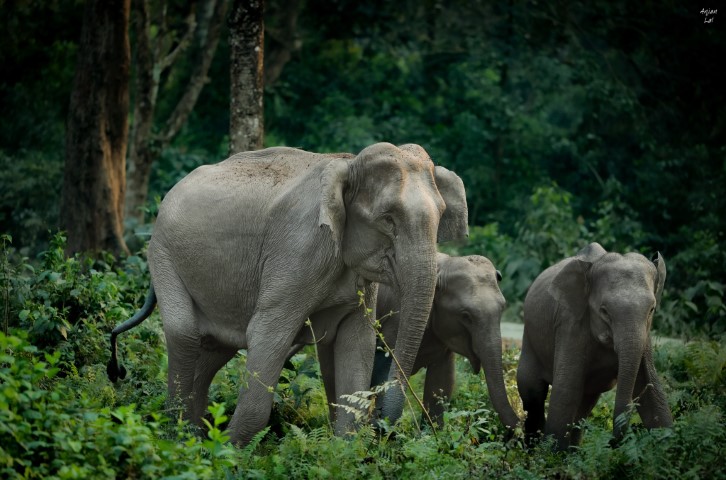
Manas National Park, a UNESCO Natural World Heritage site, combines the beauty of Assam’s natural landscapes with an impressive array of wildlife. The park is known for its rare golden langur and pygmy hog population. Tigers, elephants, and rhinoceroses also inhabit Manas. The park’s riverine ecosystem and extensive grasslands attract numerous bird species, making it a prime spot for birdwatching.
Read More: Top 10 National Parks to Explore in India
Best Time to Visit: November to April.
11. Nagarhole National Park, Karnataka
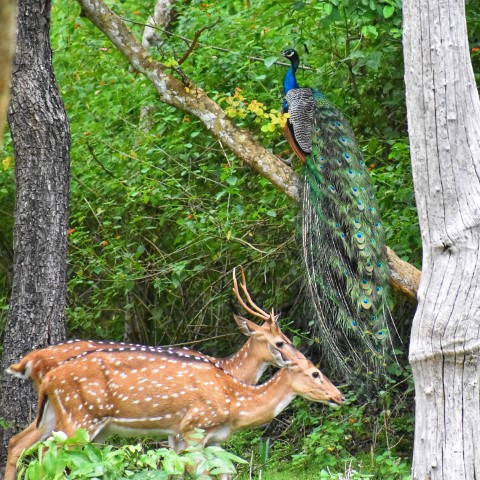
Part of the Nilgiri Biosphere Reserve, Nagarhole National Park offers a rich wildlife experience amidst the scenic beauty of the Western Ghats. The park is home to a healthy population of tigers, leopards, and elephants. The Kabini River that flows through the park attracts a variety of wildlife, especially during the dry season. Nagarhole also features a rich avian population, including the Malabar trogon and the great Indian hornbill, making it ideal for birdwatchers.
Read More: Satpura National Park (Satpura Tiger Reserve), Madhya Pradesh
Best Time to Visit: October to May, with April to May being the best time for wildlife sightings.
Tips for a Memorable Wildlife Experience
- Plan Your Visit: Research the best times to visit each park to increase your chances of wildlife sightings. Most parks are closed during the monsoon season (July to September).
- Book Safaris in Advance: Wildlife safaris are the best way to explore these parks. Book in advance, especially during peak seasons, to secure your spot.
- Respect Nature: Maintain a safe distance from animals, avoid making loud noises, and follow the park’s rules and guidelines. Remember, you are a guest in the animals’ home.
- Hire a Guide: A knowledgeable guide can enhance your experience by providing insights into the park’s ecosystem and the behavior of its inhabitants.
- Carry Essentials: Bring essentials like binoculars, cameras, sunscreen, insect repellent, and water. Dress in neutral colors to blend into the environment.
Conclusion
India’s wildlife viewing spots offer a diverse and thrilling experience for nature lovers. From the tigers of Ranthambore to the Asiatic lions of Gir, and the rhinos of Kaziranga to the snow leopards of Hemis, each destination offers a unique glimpse into the country’s rich natural heritage. Whether you’re an experienced wildlife enthusiast or a casual nature lover, these destinations promise unforgettable encounters with India’s incredible wildlife.
